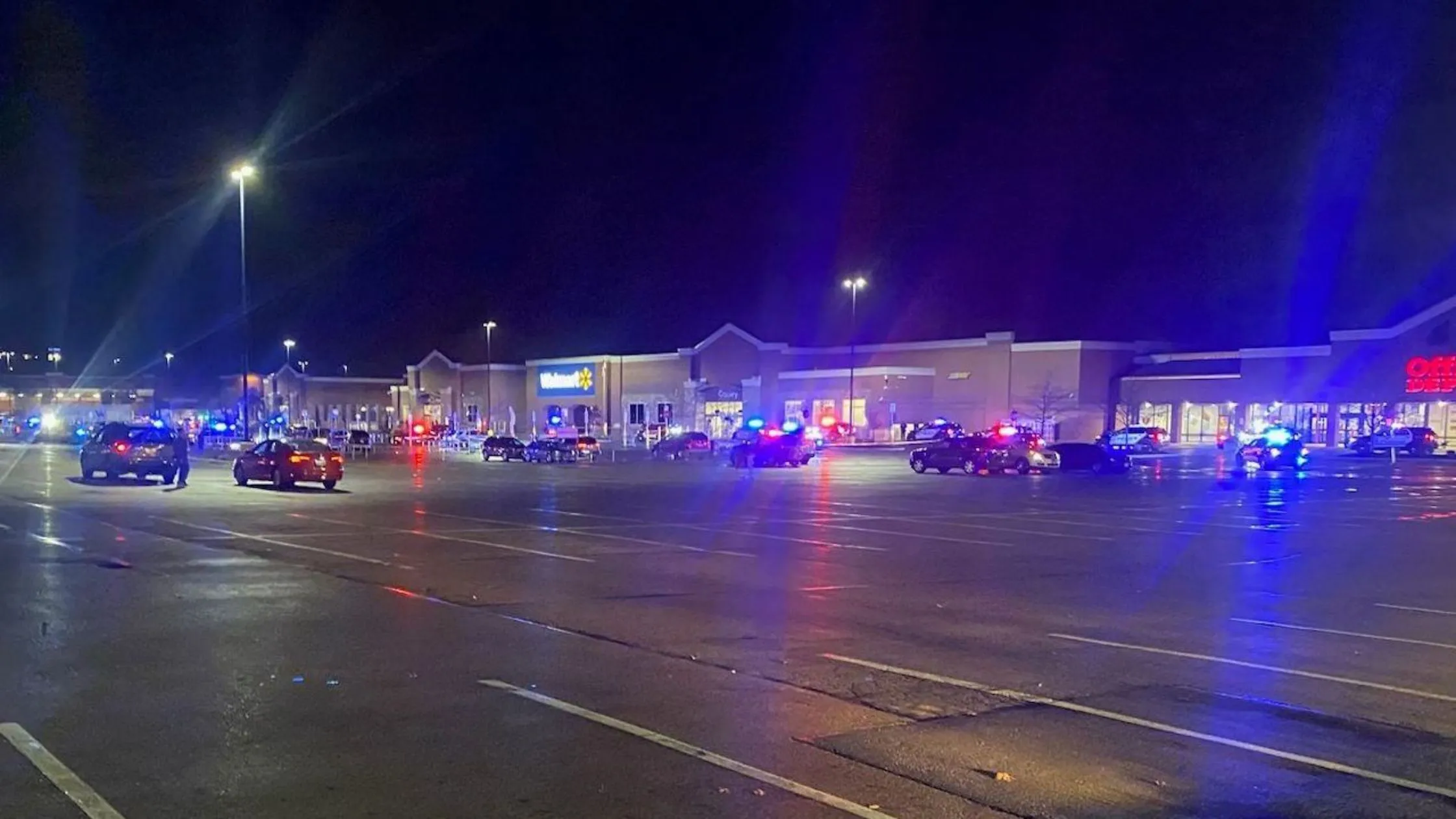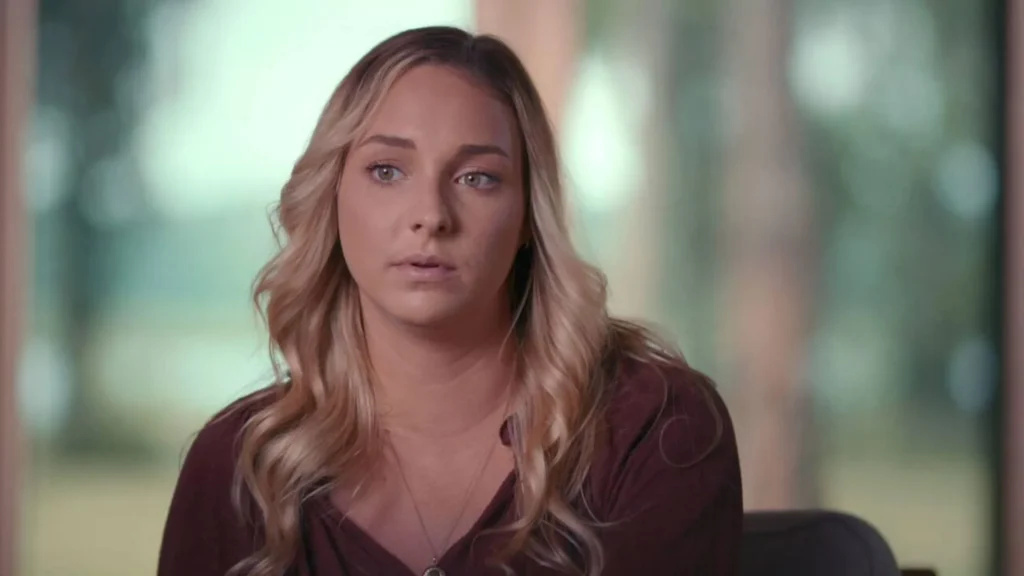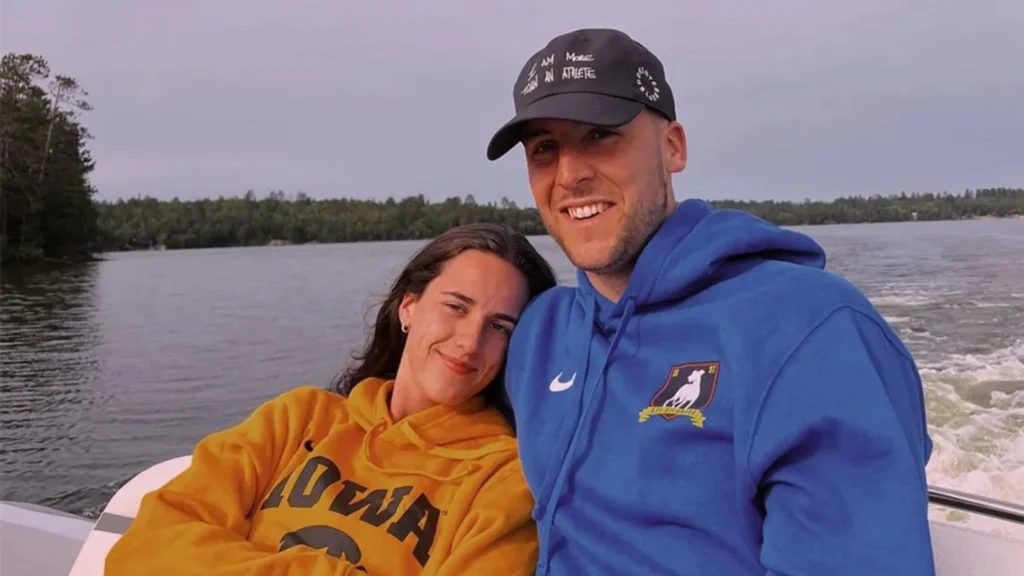In recent days, the state of Ohio has been rocked by a tragic shooting incident that has left the community in shock and mourning. The shooting, which occurred in a suburban neighborhood, has not only claimed lives but also raised significant questions about public safety, gun control, and community resilience. This article delves into the latest updates on the Ohio shooting, the immediate and long-term implications for the local community, and broader national conversations.
Ohio Shooting Incident Overview
The Ohio shooting took place in a quiet residential area, disrupting the peace of an otherwise typical day. According to initial reports, the shooter, identified as a 24-year-old male, opened fire indiscriminately, targeting both residents and passersby. The incident resulted in multiple fatalities and numerous injuries, with victims ranging from young children to elderly residents. Authorities were quick to respond, and the suspect was apprehended after a brief standoff.
The investigation is still ongoing, but preliminary findings suggest that the shooter had a history of mental health issues and had recently acquired the firearms used in the attack. This incident adds to the growing list of mass shootings in the United States, sparking debates about mental health, gun legislation, and the effectiveness of existing preventive measures.
Immediate Community Response
The local community has shown remarkable resilience in the aftermath of the shooting. Vigils have been held in honor of the victims, with community members coming together to offer support to the affected families. Counseling services have been made available to help residents cope with the trauma, and local organizations are working tirelessly to provide necessary resources.
Local law enforcement agencies have increased their presence in the area to ensure safety and address residents’ concerns. Community leaders have also emphasized the importance of unity and vigilance in these trying times.
Law Enforcement and Legal Actions
Law enforcement officials have been praised for their swift response to the incident. The Northern Ohio Violent Fugitive Task Force was crucial in apprehending the suspect and preventing further potential harm. The suspect is now in custody and faces multiple charges, including aggravated murder and attempted murder .

The legal proceedings are expected to be closely watched, with prosecutors likely to seek the maximum penalty. This case will undoubtedly reignite discussions about the criminal justice system’s role in addressing violent crimes and the balance between punishment and rehabilitation.
Implications for Gun Control
The Ohio shooting has once again brought the issue of gun control to the forefront of national discourse. Advocates for stricter gun laws argue that incidents like this highlight the urgent need for comprehensive background checks, restrictions on the sale of certain firearms, and better mental health screening for potential gun owners.
Opponents of stricter gun laws maintain that the focus should be on mental health and ensuring that individuals who pose a risk are identified and treated before they can cause harm. This shooting is likely to fuel further debates in state legislatures, and Congress as policymakers grapple with finding practical solutions to prevent such tragedies in the future.
Mental Health Considerations
A significant aspect of the Ohio shooting is the suspect’s history of mental health issues. This has prompted calls for better mental health care and more robust support systems for individuals struggling with mental illness. Advocates argue that early intervention and comprehensive care could prevent many such incidents by addressing the root causes of violent behavior.
The incident has also highlighted the stigma surrounding mental health, which often prevents individuals from seeking the help they need. Increasing public awareness and mental health education could be crucial in preventing future tragedies.
Media Coverage and Public Perception
Media coverage of the Ohio shooting has been extensive, with news outlets providing continuous updates and analysis. The portrayal of the incident in the media has significant implications for public perception and policy discussions. Responsible reporting is essential to avoid sensationalism and ensure that the focus remains on the victims, their families, and the broader issues at hand.
Public perception of the shooting is influenced by various factors, including the media, community leaders, and social media discourse. Fostering a balanced and informed public dialogue that considers all aspects of the incident and its implications is essential.
Long-Term Community Impact
The long-term impact of the Ohio shooting on the local community cannot be understated. The psychological and emotional scars left by such a traumatic event will take time to heal. Community support systems, including mental health services, community centers, and support groups, will be crucial in helping residents rebuild their sense of security and normalcy.
Efforts to strengthen community bonds and promote resilience are already underway. Local organizations are organizing events and activities aimed at bringing people together and fostering a sense of solidarity. These initiatives play a vital role in the healing process and help prevent the tragedy from defining the community.
National Implications and Policy Changes
On a national level, the Ohio shooting is likely to influence policy changes and legislative efforts aimed at preventing similar incidents. Lawmakers are under pressure to address the underlying issues that contribute to gun violence, including mental health care, gun control, and community safety measures.
The incident may also prompt a reevaluation of existing laws and regulations, with an emphasis on closing loopholes and enhancing enforcement. Policymakers will need to consider a multifaceted approach that addresses the complex interplay of factors contributing to gun violence.
Conclusion
The Ohio shooting is a stark reminder of the fragility of safety and the profound impact of violence on communities. As the investigation continues and the community begins to heal, focusing on the broader lessons that can be learned from this tragedy is crucial. By addressing the root causes of violence, improving mental health care, and enacting effective gun control measures, society can work towards preventing future incidents and ensuring safer communities for all.
The resilience the Ohio community shows in the face of such adversity is a testament to the strength and solidarity that can emerge in times of crisis. It is a call to action for individuals, communities, and policymakers to work together to create a safer, more compassionate society.








